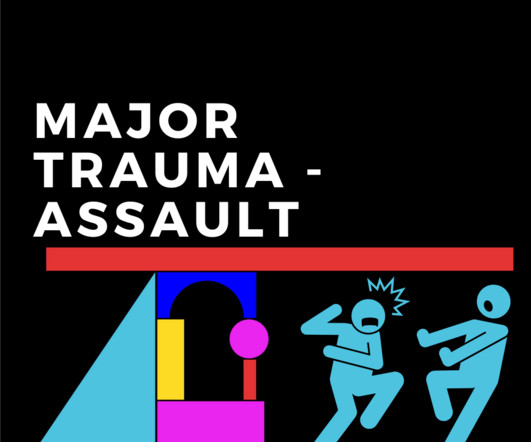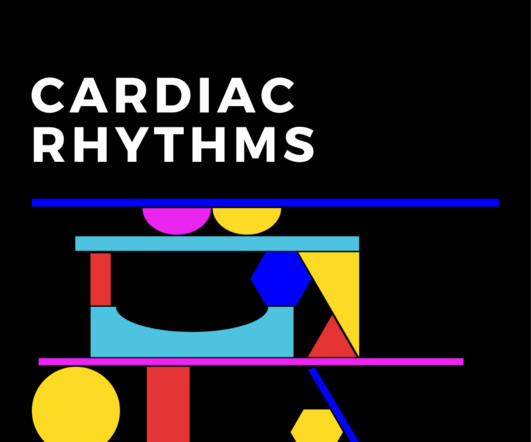The Latest in Critical Care, 1/29/24 (Issue #27)
PulmCCM
JANUARY 29, 2024
Epinephrine remains the drug of choice during CPR Epinephrine remains the first-line therapy for cardiac arrest due to non-shockable rhythms (i.e., No new evidence arose to alter the usual schedule of administering 1 mg epinephrine as quickly as possible, then every 3 to 5 minutes while CPR is ongoing. PEA and asystole).


















Let's personalize your content